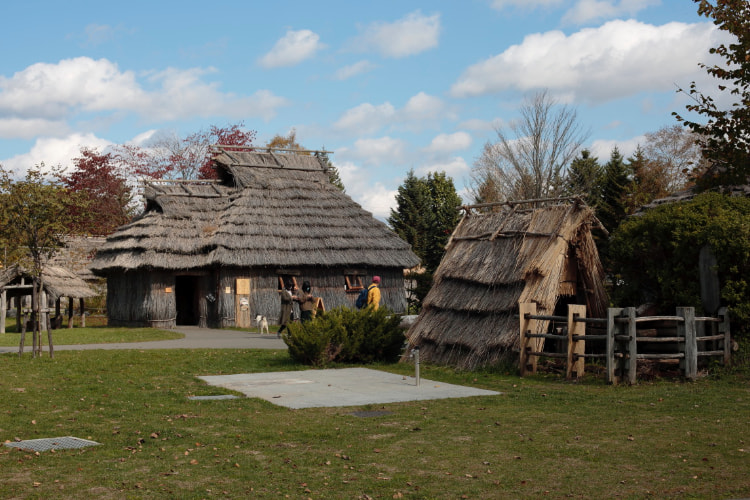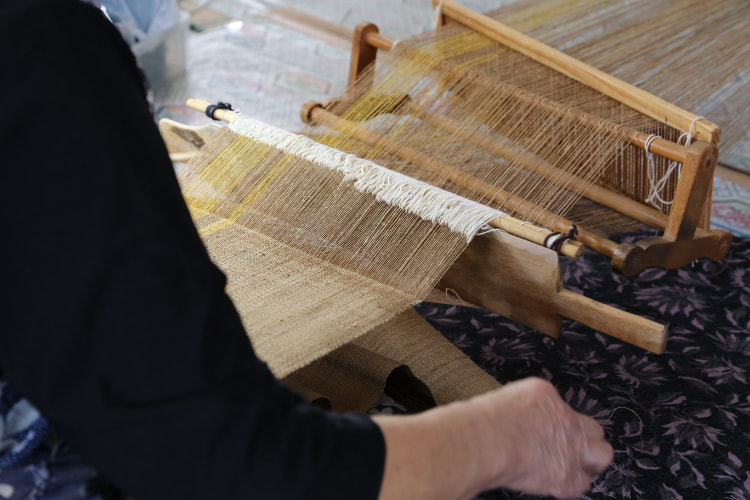
Time Found Nowhere Else

The Saru River flows from the Hidaka mountain range 104 kilometers to the Pacific Ocean. It once nurtured many Ainu kotan (villages). The middle region of the river is where present-day Nibutani, Biratori stands, home to a kotan that was recorded in Japanese records in 1808 and 1858. In addition, stone tools dating back more than 10,000 years have been excavated from the Iruekashi site along the downstream section of the Kankan River, a tributary of the Saru, showing that the Saru River basin has nurtured local people for thousands of years.
After the Meiji Restoration of 1868, this area became a popular point for researchers like John Batchelor, Kindaichi Kyosuke, and Yoshida Iwao to come study Ainu culture. Scottish anthropologist Neil Gordon Munro moved to Nibutani in 1930, as well. In 1878, British world traveler Isabella Lucy Bird came to Japan specifically to visit Biratori. The Saru River basin is home to an accumulation of Ainu cultural knowledge of global importance, and within that sphere, Nibutani has become a center for the spread of Ainu culture.

There are a variety of initiatives in Biratori aimed at preserving traditional Ainu culture. One example is the symbol of the Ainu cultural tradition embodied by restored cise (houses) of the Nibutani Kotan. Solemn rituals are performed before and after building a cise in the kotan (village). Other regular activities used to pass down culture include Cip Sanke boat-lowering ceremonies; lessons in prayer words, manners, and how to make special tools and food for rituals; and Ainu language classes for children.
The Takumi no Michi Street of Artisans that stretches out from Nibutani Kotan is also lined with Ainu craft workshops, as well. The local community has come together in efforts to preserve Ainu culture, with even local bus stops being displayed in the Ainu language.


In 2001, Ainu Place Names and Ainu Patterns were selected as official elements of Hokkaido Heritage, followed by Ainu Oral Literature in 2004. In 2013, the traditional crafts of Nibutani-ita and Nibutani-attus, which have been handed down for generations, become Hokkaido's only items to be designated as official traditional crafts by the Ministry of Economy, Trade and Industry.
Artists demonstrate ita carving and embroidery on a rotating basis in the cise gathering, and visitors can observe the production and hear about them first-hand from creators. The Nibutani Ainu Culture Museum and Nibutani Craft Center are also found near the cise, where you can learn more about Ainu culture and examine authentic ita and attus.


